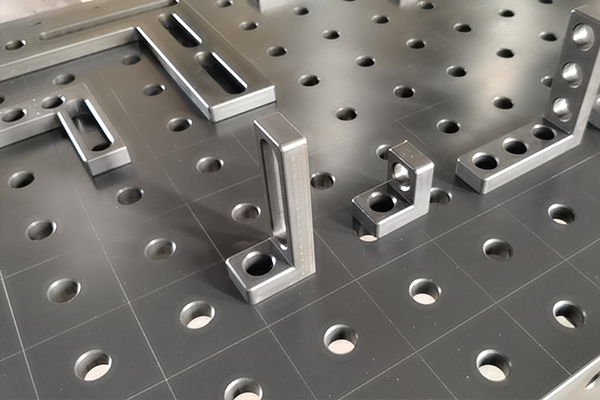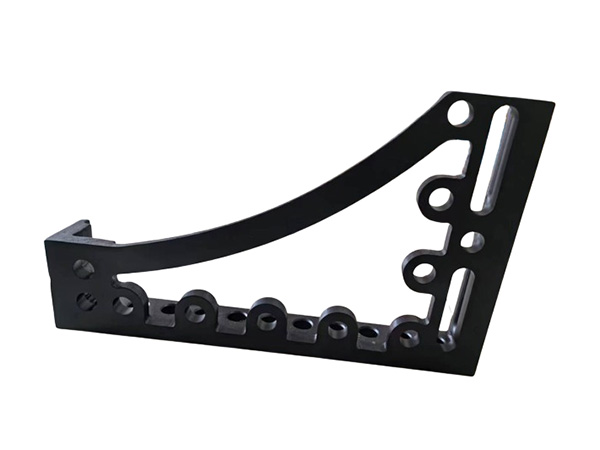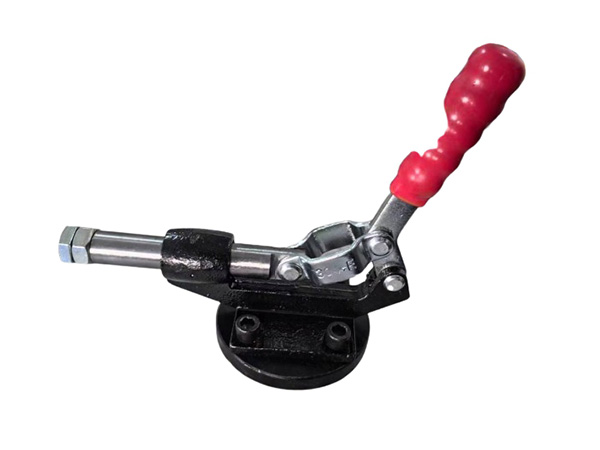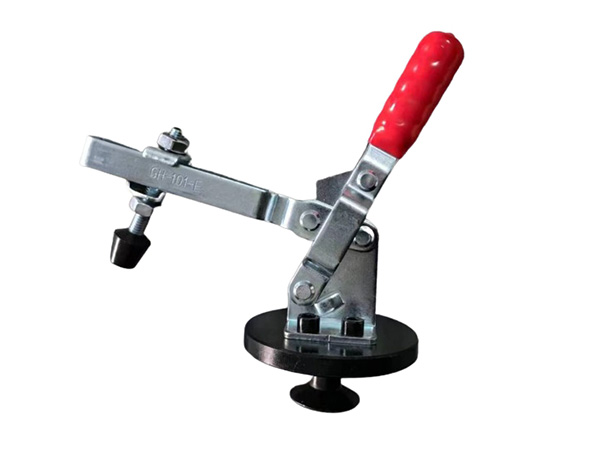- 网站导航 -
Address: Home > News > Technical documentation >
Design and Optimization of Welding Tables: Key to Enhancing Welding Efficiency and Precision
Time:2024-08-24 08:57:34 Author:Fadetong Clicks:65Second-rate
Introduction
In welding operations, the plays a crucial role. A well-designed and optimized welding table not only improves welding efficiency but also ensures welding quality. As the manufacturing industry increasingly demands higher precision and efficiency, the design and optimization of welding tables become particularly important. This article will explore the design principles and optimization methods for welding tables and how these measures can enhance overall welding performance.
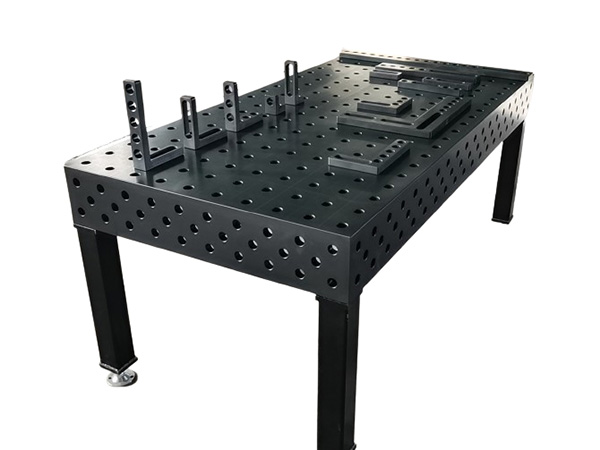
1. Design Principles of Welding Tables
1.1. Modularity and Flexibility
Modular design is a fundamental principle of welding tables. By incorporating modular components, the table can be adjusted and configured according to different welding tasks. These components can be easily dismantled, replaced, or reconfigured to support various welding processes and workpiece sizes. This flexibility enhances the adaptability of production lines and allows for rapid response to changes in market demand. For manufacturers looking to increase production flexibility, choosing a modular welding table is a wise decision.
1.2. Durability
Welding tables must withstand high temperatures and heavy loads, making durability a critical design factor. Using high-quality materials such as steel or aluminum alloy and ensuring the table surface has good heat resistance and wear resistance will enhance the welding table's lifespan. A durable welding table not only reduces maintenance costs but also ensures stability and safety during welding operations.
1.3. Precision Positioning
Precision positioning is a vital aspect of welding table design. The table should be equipped with a precise positioning system to ensure accurate alignment of welding components. This includes adjustable fixtures, locating pins, and scales. These design elements help reduce welding errors and improve welding quality and consistency. If high welding precision is required, selecting a welding table with a precise positioning system will meet your needs.
1.4. Ease of Operation
The ease of operation of a welding table directly affects work efficiency. Design considerations should include operator comfort and workflow, such as adjustable working heights, convenient tool storage, and a simple operational interface. By enhancing operational convenience, the welding table will help operators complete tasks more efficiently and improve overall production efficiency.
2. Optimization Methods for Welding Tables
2.1. Adjusting Table Surface Structure
The structure of the table surface directly impacts the stability and quality of welding operations. Optimizing the surface design, such as adding adjustable supports and reinforcement structures, can enhance the table's load-bearing capacity and stability. Additionally, using materials with anti-welding residue properties can simplify cleaning and maintenance, extending the table's lifespan.
2.2. Integration of Advanced Technologies
Integrating advanced technologies into welding tables can further improve welding efficiency and precision. For example, incorporating laser positioning systems and digital measurement tools can monitor parameter changes in real-time during welding, ensuring accuracy. The application of these technologies helps optimize welding processes, improving welding quality and production efficiency.
2.3. Optimizing Workflow
Optimizing workflow can significantly enhance the use efficiency of welding tables. This includes rationally arranging the work area, setting clear operational procedures, and providing necessary tools and equipment. By streamlining workflow and reducing unnecessary steps and time wastage, overall production efficiency and work quality are improved.
2.4. Regular Maintenance and Upgrades
Regular maintenance and upgrades are key to maintaining the best performance of welding tables. Regularly inspecting and maintaining table components, as well as timely repairs and replacements, ensure stable long-term operation. Additionally, keeping the welding table updated with the latest technologies and features helps maintain a competitive edge.
3. Advantages of Choosing High-Quality Welding Tables
3.1. Increased Production Efficiency
High-quality welding table designs can enhance production efficiency through modularity and flexibility, speeding up production line adjustments and shortening production cycles.
3.2. Ensured Welding Quality
Precision positioning systems and optimized surface structures improve welding accuracy and consistency, reducing defects and ensuring product quality.
3.3. Enhanced Operational Convenience
Convenient operational design improves work efficiency, reduces operator fatigue, and enhances employee satisfaction and productivity.
3.4. Reduced Maintenance Costs
Durable welding tables lower equipment failure rates and maintenance needs, reducing long-term operational costs and providing higher investment returns.
Conclusion
The design and optimization of welding tables play a critical role in modern manufacturing. Applying principles such as modular design, high-quality materials, precision positioning systems, and operational convenience can significantly enhance welding efficiency and quality. Combining advanced technology integration, workflow optimization, and regular maintenance ensures the best performance and long-term stability of welding tables. If you aim to improve overall welding performance, choosing a high-quality welding table will bring significant advantages to your production line. Contact us today to learn how to enhance production efficiency and optimize welding quality with top-notch welding tables, injecting new vitality into your manufacturing business!

